To admire the stars, all you need is a pitch-black sky. Finding one, though, is easier said than done. One drive out to the middle of a seemingly remote field at midnight while anticipating a view of the Milky Way is enough to show you how wide-ranging and disruptive light pollution can be. Fortunately, there are plenty of places where you can find those clear, dark skies.
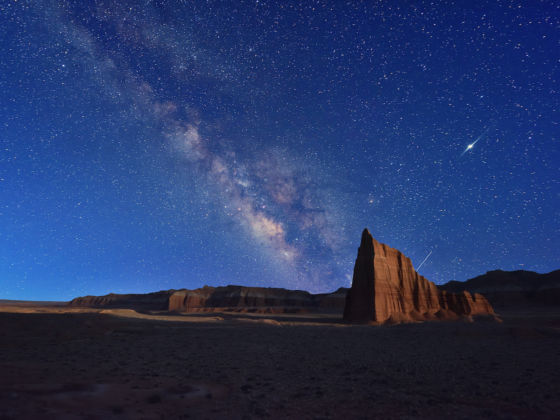

Mapped: 60-Plus Dark Sky Parks Across the US for Ultimate Stargazing
While many national parks offer excellent stargazing, the United States is also full of small communities, state parks, and other locations that are widely recognized as dark sky locations — some even holding regular stargazing celebrations and events. If you’re serious about seeing the stars, getting to these dark sky areas far from big cities is worth the effort.
Arizona
Dark sky parks in Arizona
- Big Park/Village of Oak Creek
- Camp Verde
- Flagstaff
- Flagstaff Area National Monuments
- Fountain Hills
- Grand Canyon National Park
- Grand Canyon-Parashant National Monument
- Kartchner Caverns State Park
- Oracle State Park
- Petrified Forest National Park
- Sedona
- Thunder Mountain Pootseev Nightsky
- Tumacácori National Historical Park
Of all the towns in the US considered “dark sky communities,” Flagstaff was the first to receive the designation back in 2001. Other cities may have recently introduced lighting rules designed to limit light pollution, but Flagstaff enacted the world’s first outdoor lighting ordinance in 1958. Because of these light pollution restrictions, visitors to Flagstaff can see stars right in town without having to venture to a faraway park. Flagstaff is also home to the Lowell Observatory and the US Naval Observatory Flagstaff Station. In case you still have doubts that stargazing is part of Flagstaff’s identity, the city even has its own brewery called the Dark Sky Brewing Company.
In addition to the Lowell Observatory, some of the best spots for stargazing in and around the city include Heritage Square, Buffalo Park, Anderson Mesa, and Sunset Crater Volcano National Monument. The city itself might be better than most for stargazing, but Flagstaff is surrounded by canyons, deserts, forests, and mountains that may provide a more serene dark sky experience.
California
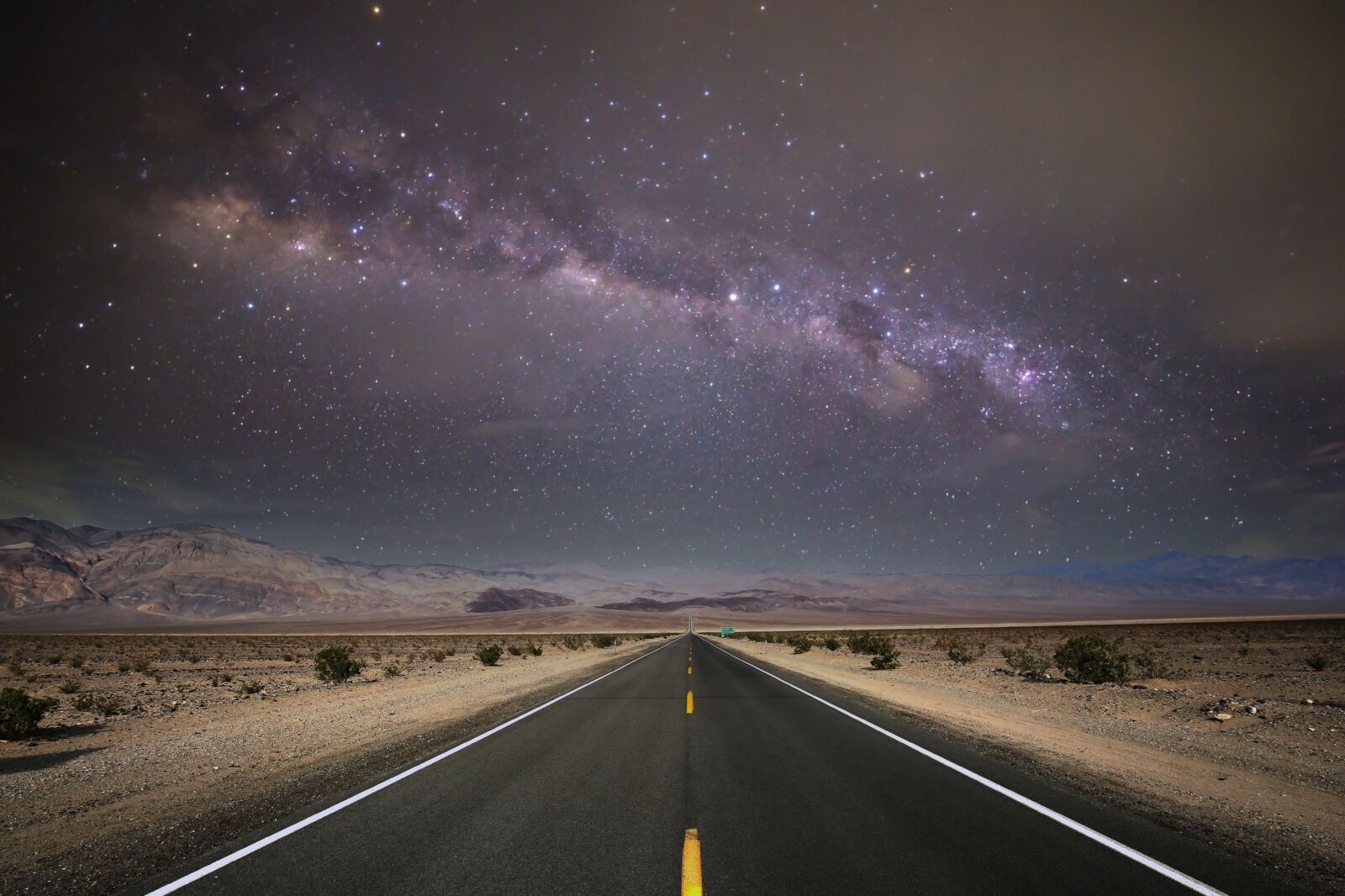
Photo: Isogood_patrick/Shutterstock
Dark sky parks in California
- Anza-Borrego Desert State Park
- Borrego Springs
- Death Valley National Park
- Joshua Tree National Park
Due to its remote location and dry climate which contribute to incredibly clear skies, Joshua Tree National Park is one of the best places in California and the nation to go stargazing. The park has taken measures to minimize light pollution, preserving the integrity of the night sky and offering an unspoiled view of the cosmos. While the park is beautiful at any time, stargazing is at its best during the new moon phase. This is when the sky is at its darkest and you’ll have the opportunity to see an array of celestial phenomenons, from shooting stars to constellations, and, if you’re lucky, a clear view of the Milky Way.
There’s a superb selection of hotels and Airbnbs close to the park that offer easy access to the park’s entrances. Many of these accommodations are also situated in spots where you can enjoy the dark sky from the comfort of a home.
Colorado
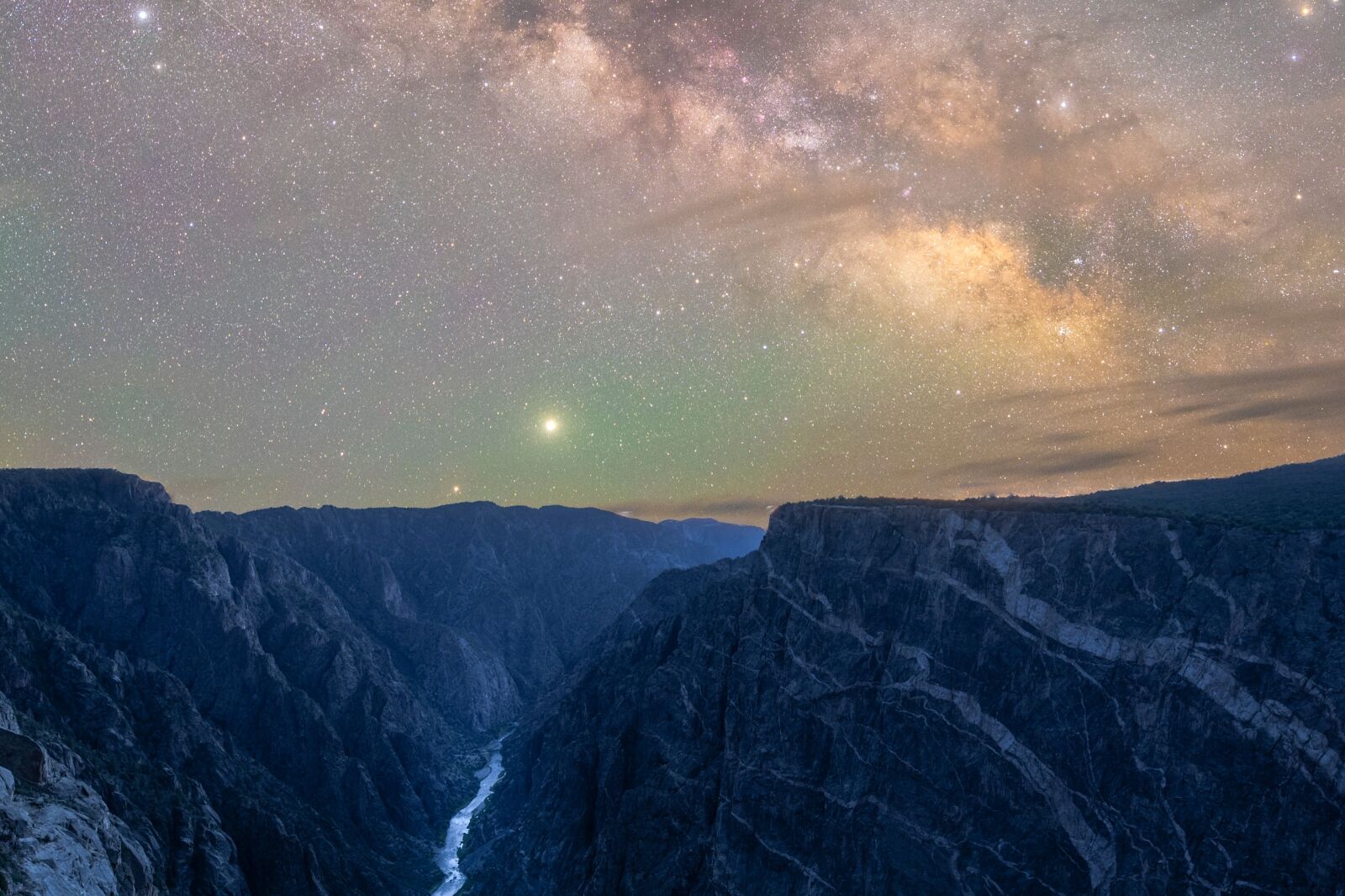
Photo: Ian MacDonald/Shutterstock
Dark sky parks in Colorado
- Black Canyon of the Gunnison National Park
- Norwood
- Westcliffe and Silver Cliff
Black Canyon of the Gunnison National Park is a playground for astronomy enthusiasts. Certified as an International Dark Sky Park in September 2015, it was the first to receive the prestigious designation in Colorado.
While the park offers excellent stargazing opportunities year-round, winter nights tend to provide the clearest skies. The entire park offers stunning views of the night sky, however, some areas offer particularly unobstructed views. These include the South Rim Campground, North Rim Campground, and the visitor center parking lots.
Florida
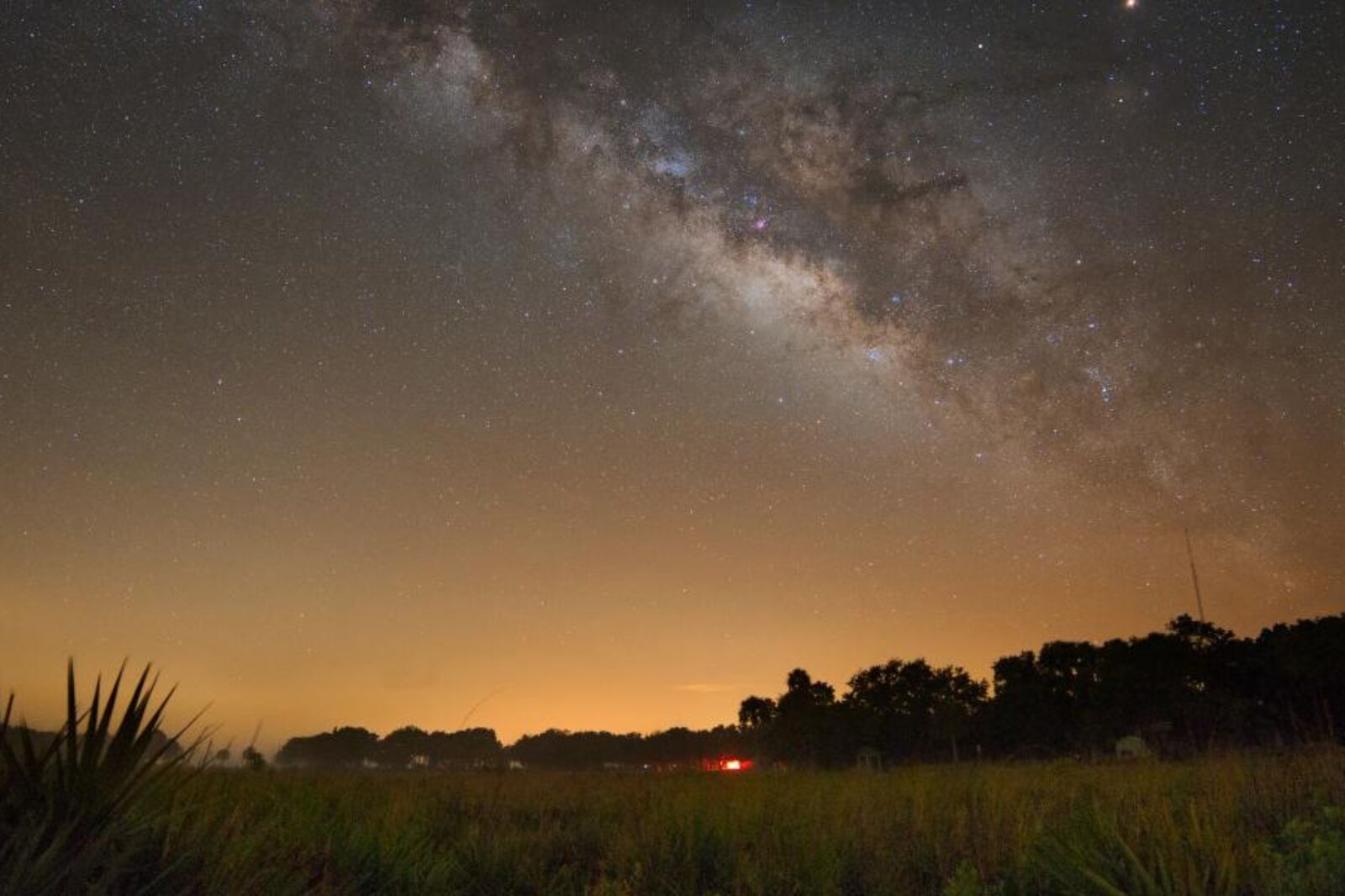
Photo: Florida State Parks
Florida’s dark sky park
- Kissimmee Prairie Preserve State Park
Kissimmee Prairie Preserve State Park earned its status from the International Dark Sky Association in 2016. The park’s commitment to preserving its dark skies is evident in its management practices, which include limiting artificial lighting and promoting responsible outdoor lighting. Visitors to the park are encouraged to use red lights for nighttime navigation, as these have a lower impact on the night sky and local wildlife.
Located in the heart of Florida, Kissimmee is accessible by car from major cities like Orlando and Miami. Throughout the year, the park also provides excellent viewing conditions for various astronomical events, including meteor showers and lunar eclipses. For up-to-date information on these events, consider checking the park’s Clear Sky Chart.
Georgia
Georgia’s dark sky park
- Stephen C. Foster State Park
Located in Georgia’s legendary Okefenokee Swamp (one of Georgia’s seven natural wonders), Stephen C. Foster State Park offers an unrivaled stargazing experience. With Spanish moss-laced trees reflecting off the dark waters and a chorus of swamp wildlife providing the soundtrack, this remote park feels like another world.
The 80-acre property is enveloped in the vast expanse of the 402,000-acre Okefenokee National Wildlife Refuge, making it one of the few places on Earth where the night skies are still pristinely dark. From meteor showers to planet alignments, the park’s dark sky offers a front-row seat to some of the most spectacular astronomical events. The park also features a campground with water and electric sites.
Illinois
Dark sky parks in Illinois
- Homer Glen
- Middle Fork River Forest Preserve
Spanning an impressive 1,702 acres, Middle Fork River Forest Preserve sits in northeastern Champaign County, Illinois. At night, the preserve transforms into a celestial theater. It’s the state’s first International Dark Sky Park. Thanks to its status, visitors can enjoy unobstructed views of constellations, shooting stars, and other astronomical phenomena.
Homer Glen is another protected area that is a great place to visit if you’re in nearby Chicago. There are a couple of events worth marking on your calendar, including Stargazing at Heritage Park in May, and their bi-annual Star Parties.
Indiana
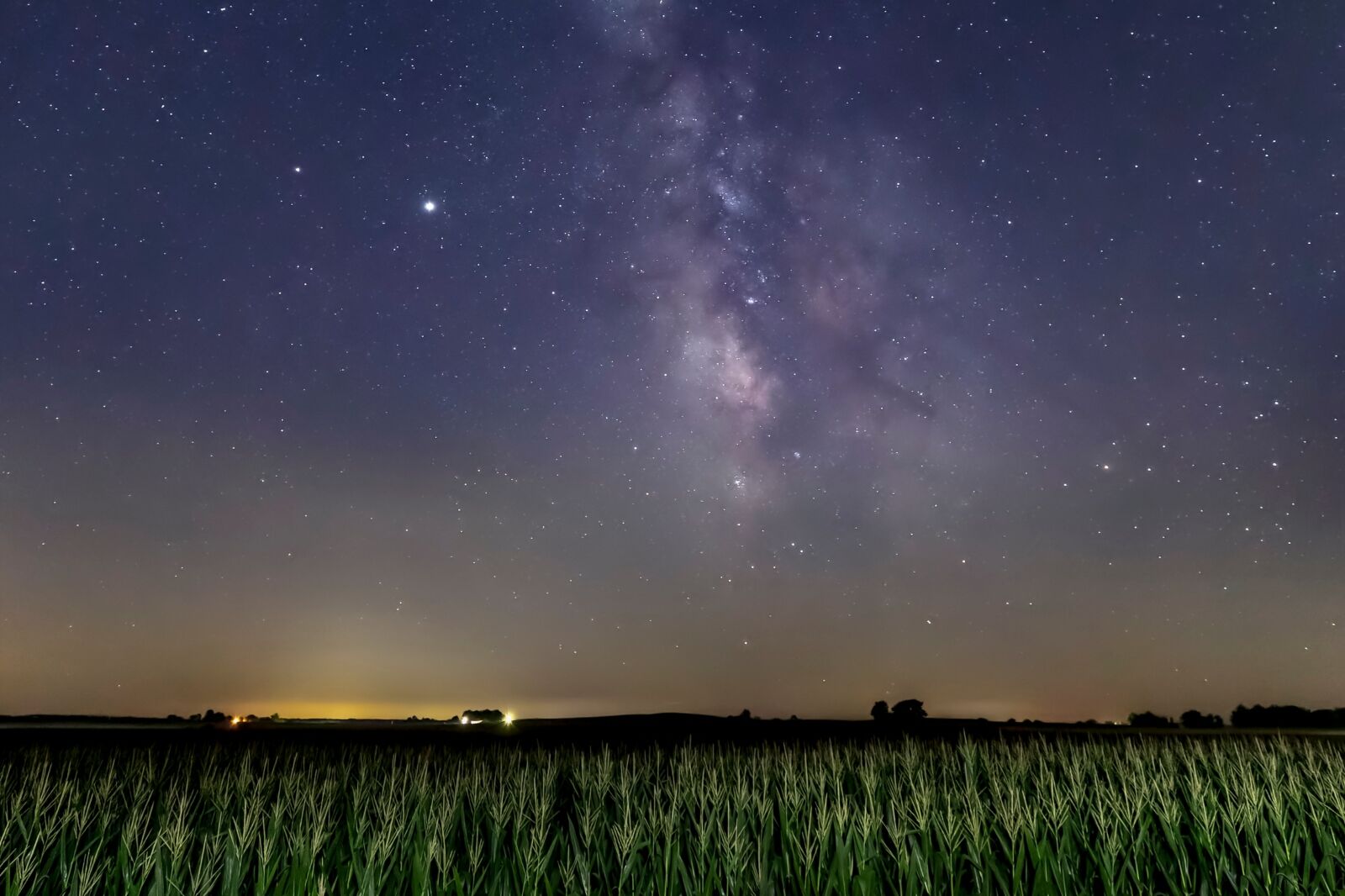
Photo: Kenneth Keifer/Shutterstock
Indiana’s dark sky park
- Beverly Shores
Beverly Shores is a picturesque town on the southern shore of Lake Michigan. With the calming sound of the lake as your backdrop, this is hands down one of the most peaceful places in the US to stargaze. Clouds permitting, all year-round the community and visitors of Beverly Shores can enjoy a breathtaking view of the celestial bodies. It’s about an hour from Chicago, so it makes an easy overnight trip.
Idaho
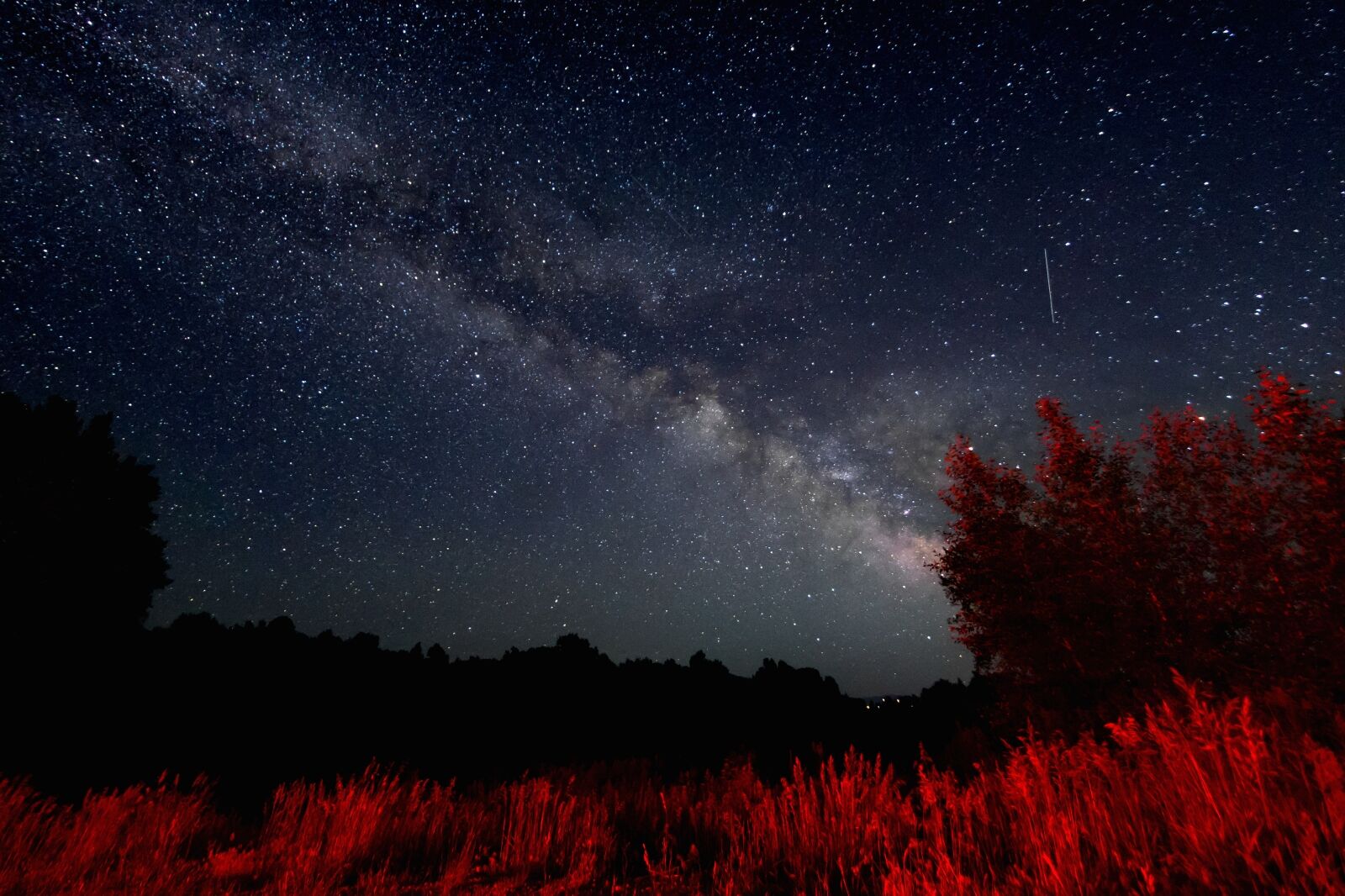
Photo: The Central Idaho Dark Sky Reserve spans three communities: Sun Valley, Ketchum, and Stanley. A road trip to all designated areas is not only easy to plan but is an epic vacation. Make sure to include Craters Of The Moon National Monument in a visit. It sits at the edge of one of the largest remaining pools of natural nighttime darkness in the lower 48. Once your eyes adjust to the darkness, you’ll be amazed at the number of stars visible from any point within the park. Although the entire designated area offers a great view of the night sky, some spots provide a more spectacular experience. The Scenic Loop Road offers multiple pullouts where you can set up your telescope and gaze at the stars, or you can hike to Inferno Cone or Devil’s Orchard. The Idaho Falls Astronomical Society hosts Star Parties each spring and fall.
Michigan
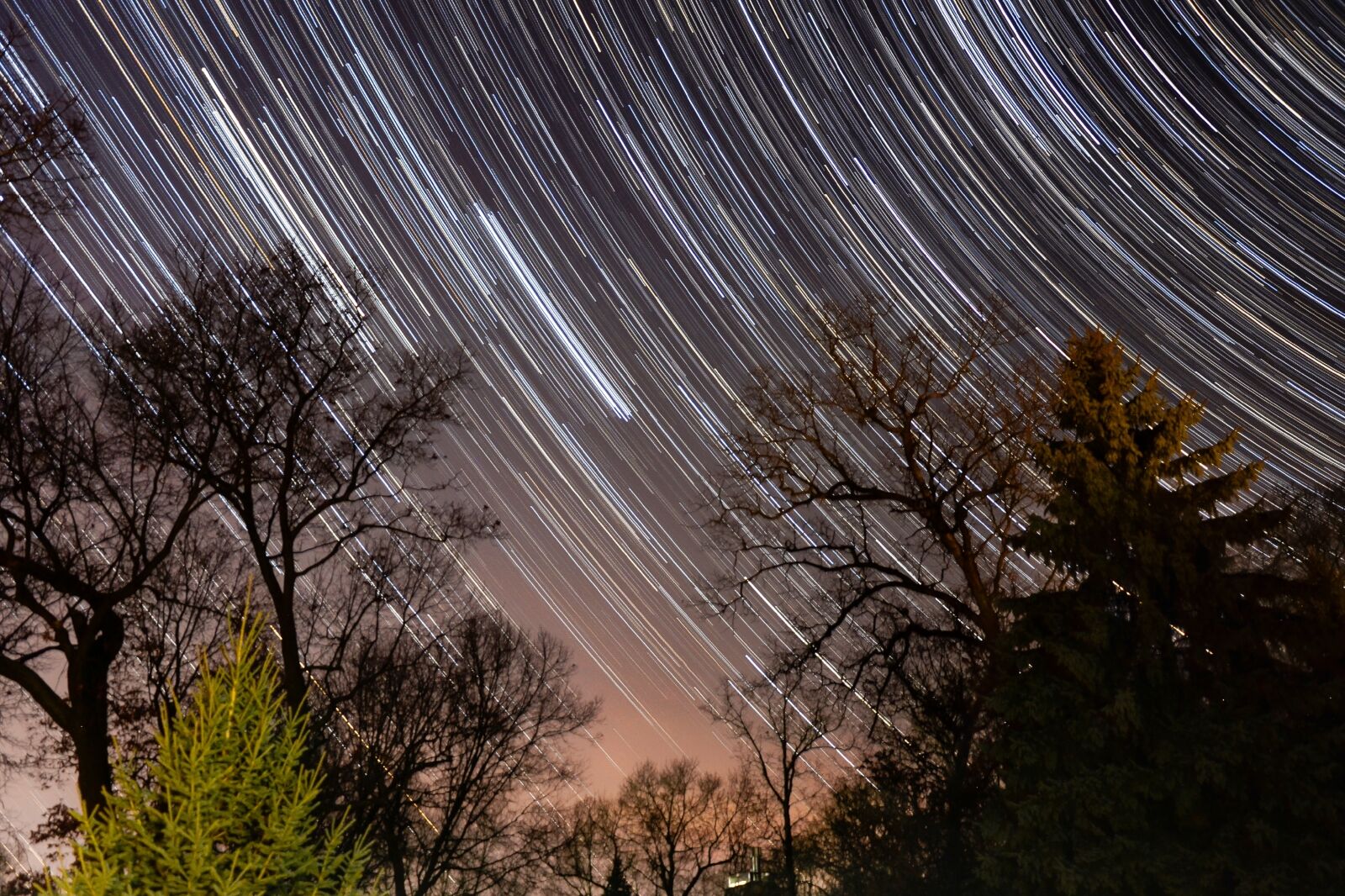
Photo: 4 Elements Photo/Shutterstock
Michigan’s dark sky park
- Headlands
Headlands is a paradise for dark sky seekers. It has 550 acres of woodlands and two miles of undeveloped shoreline along Lake Michigan, so you can come back to this park dozens of times and still find new, cozy spots to camp and watch the night sky. The park also benefits from a county-wide light ordinance, which places limits on artificial lights. And given the park’s northerly latitude — it’s one of the most northern points in the US — you may even glimpse the northern lights if you’re lucky.
If you don’t exactly feel like roughing it, you can stay in a designated Guest House popular among stargazers. While you’re there, you can also check out the Waterfront Event Center and Observatory to get you in the mood for that all-night Northern Lights stakeout. Try to visit when the park is hosting one of its signature dark sky events, including starry lake cruises, star parties, astrophotography nights, and nighttime storytelling.
Headlands International Dark Sky Park is located two miles west of Mackinaw City. Entrance to the park is free, though fees may be charged for special viewing events like the Northern Lights or meteor showers.
Montana
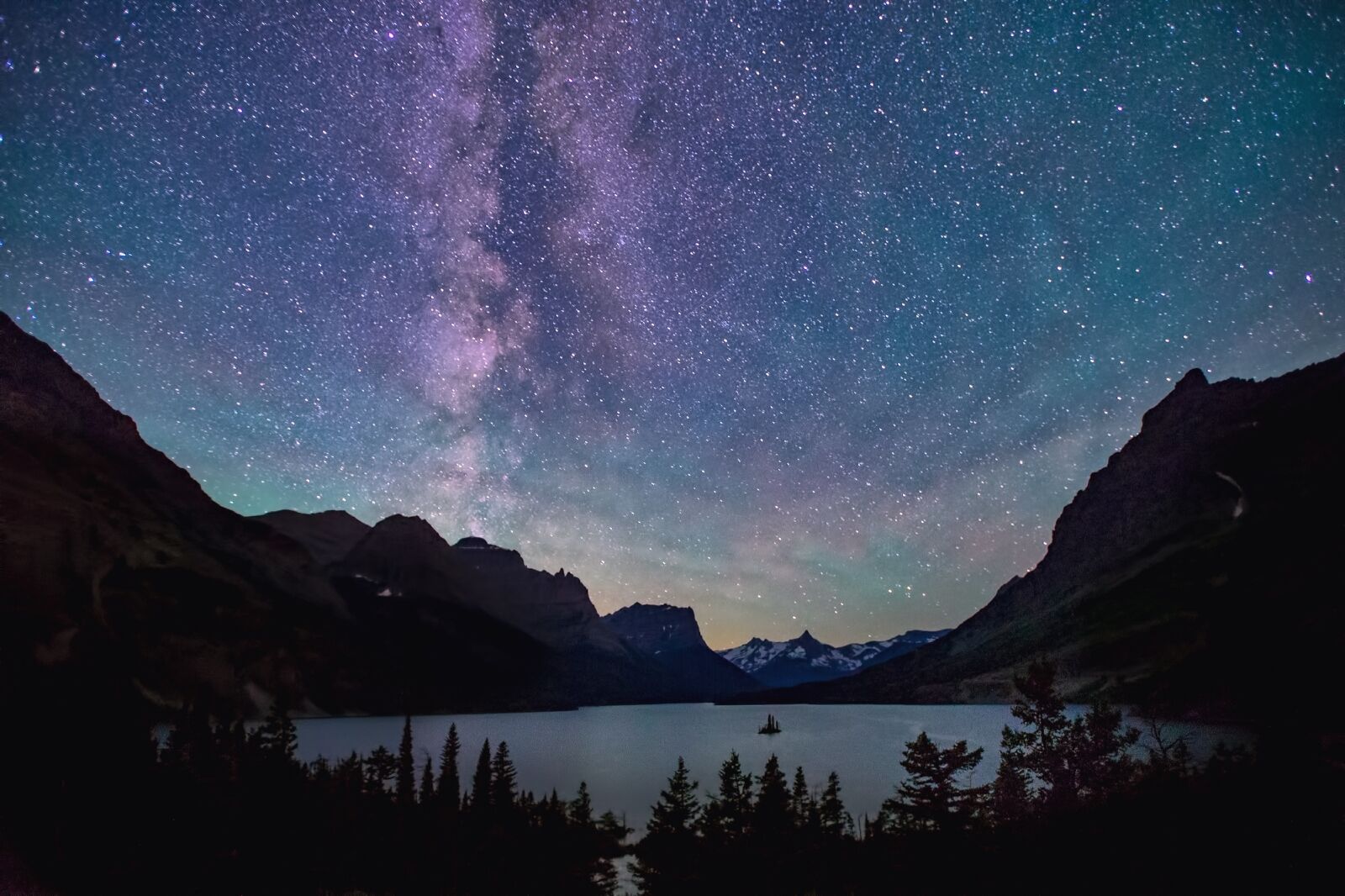
Photo: FloridaStock/Shutterstock
Montana’s dark sky park
- Glacier National Park
- Waterton-Glacier International Peace Park
In August 2021, the world’s first transboundary international dark sky park opened on the border of the US and Canada. Montana’s Glacier National Park and Canada’s Waterton Lakes National Park share Waterton-Glacier International Dark Sky Park, which earned the impressive designation after renovations designed to make it more dark sky friendly.
While Glacier National Park has been recognized by the International Dark Sky Association since 2017, the park needed to add several upgrades to achieve transboundary dark sky status. These mainly consisted of new LED streetlights and dark sky-friendly light fixtures on park residences. It sounds like a small addition, but LED lighting is designed to reduce light pollution, make the dark skies more visible, and be more animal-friendly as well.
Nevada
Nevada’s dark sky park
- Great Basin National Park
Each year, Great Basin National Park hosts the Annual Astronomy Festival during the weekend of the new moon. The date changes annually, but it’s worth making the trip for. It’s Nevada’s premier stargazing event and is a must-attend for both astronomy enthusiasts and beginners. Outside of the event, Great Basin National Park has several fantastic locations for stargazing. Mather Overlook on the Wheeler Peak Scenic Drive, Baker Archaeological Site, and Ranch Interpretive Site are world-class spots. As is the recently built astronomy amphitheater where you can attend a program and make use of the park’s telescope.
New Mexico

Photo: Trey Flynt/Shutterstock
Dark sky parks in New Mexico
- Capulin Volcano National Monument
- Chaco Culture National Historical Park
- Clayton Lake State Park
- Cosmic Campground
- Salinas Pueblo Missions National Monument
New Mexico’s unique geographical features, including soaring mountains and vast open spaces, provide unobstructed views of the cosmos. One of the most impressive spots is Capulin Volcano National Monument. Located in northeastern New Mexico, the monument is part of the Raton-Clayton Volcanic Field. The Capulin Volcano erupted over 60,000 years ago and offers fascinating insight into the geological history of the state.
The park received designation in 2016 and sits at an altitude of over 6,000 feet, providing clearer views of the stars. If visiting during summer, the park hosts dark sky viewings on most Saturday nights where you can enjoy planets, galaxies, nebula, and other amazing sights from the park’s telescopes. Make sure you dress warmly. Nights in New Mexico can get a little chilly.
North Carolina
North Carolina’s dark sky park
- Mayland Earth to Sky Park and Bare Dark Sky Observatory
Situated six miles west of Spruce Pine, Mayland Earth to Sky Park and Bare Dark Sky Observatory is a six-acre protected site surrounded by the Blue Ridge Mountains and the Pisgah National Forest. It’s owned by Yancey County and managed by Mayland Community College.
The site is an environmental educational park geared toward children and adults. The dark skies here allow visitors to look and study deep-space objects through their telescopes. It’s unique in that it has both an observatory (with a retractable roof) and a planetarium. It is also the only higher education institute in the world to operate inside a dark sky park.
Ohio
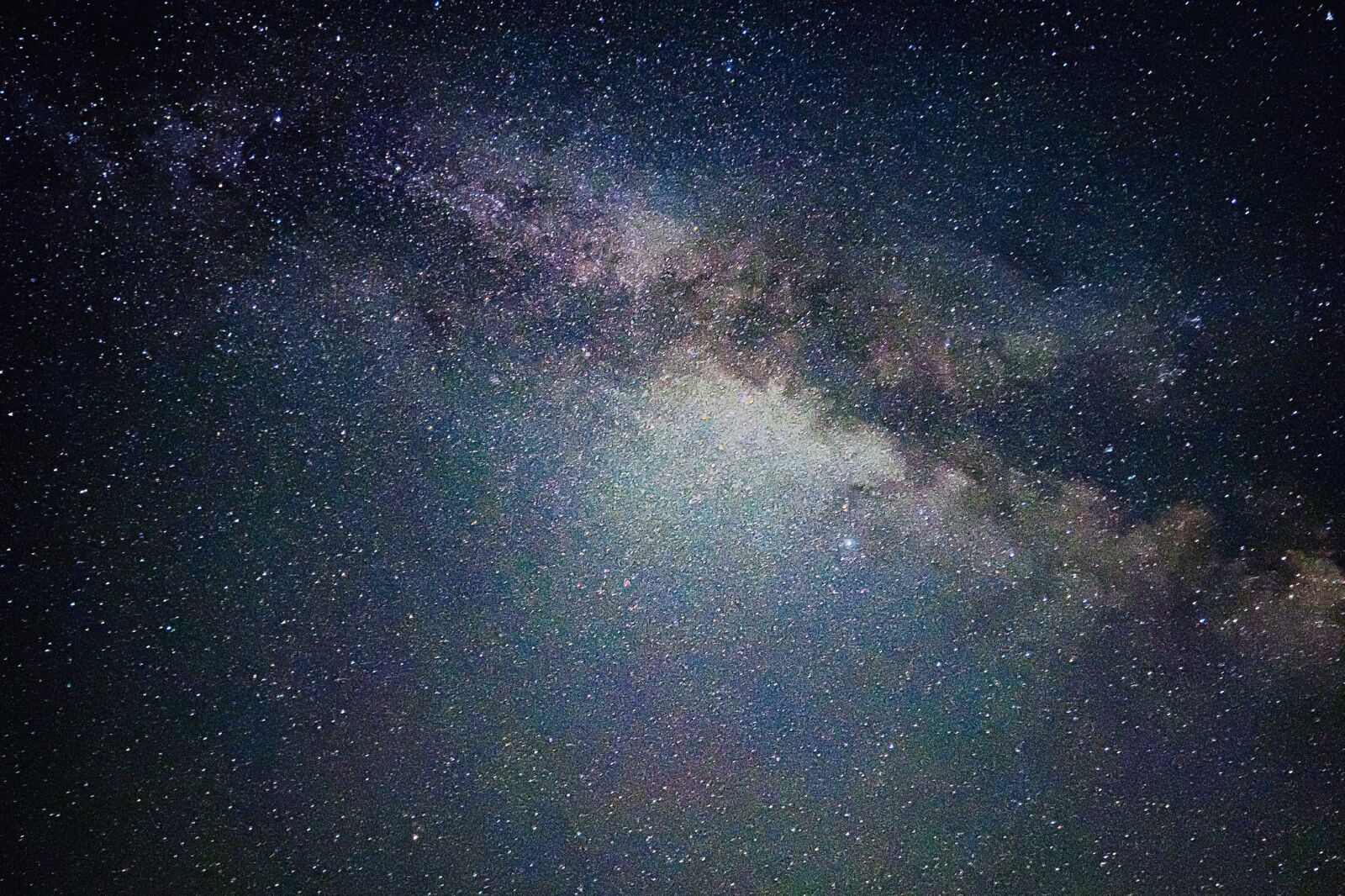
Photo: Geauga Observatory Park
Ohio’s dark sky park
- Geauga Observatory Park
Geauga Observatory Park is a sprawling 1,100-acre park located in Montville Township, located within the Cuyahoga River watershed. Onsite, there’s an observatory, two telescopes, permanent astronomy-themed exhibits, and a range of educational programs. The park is open from 6:00 AM to 1:00 AM. There are also six trails offering ample opportunities to explore the local flora and fauna. It’s a super place for a family fun day out. The park runs one of the most exciting observatory calendar of events in the US. It’s worth checking out the schedule and planning your trip accordingly.
Pennsylvania
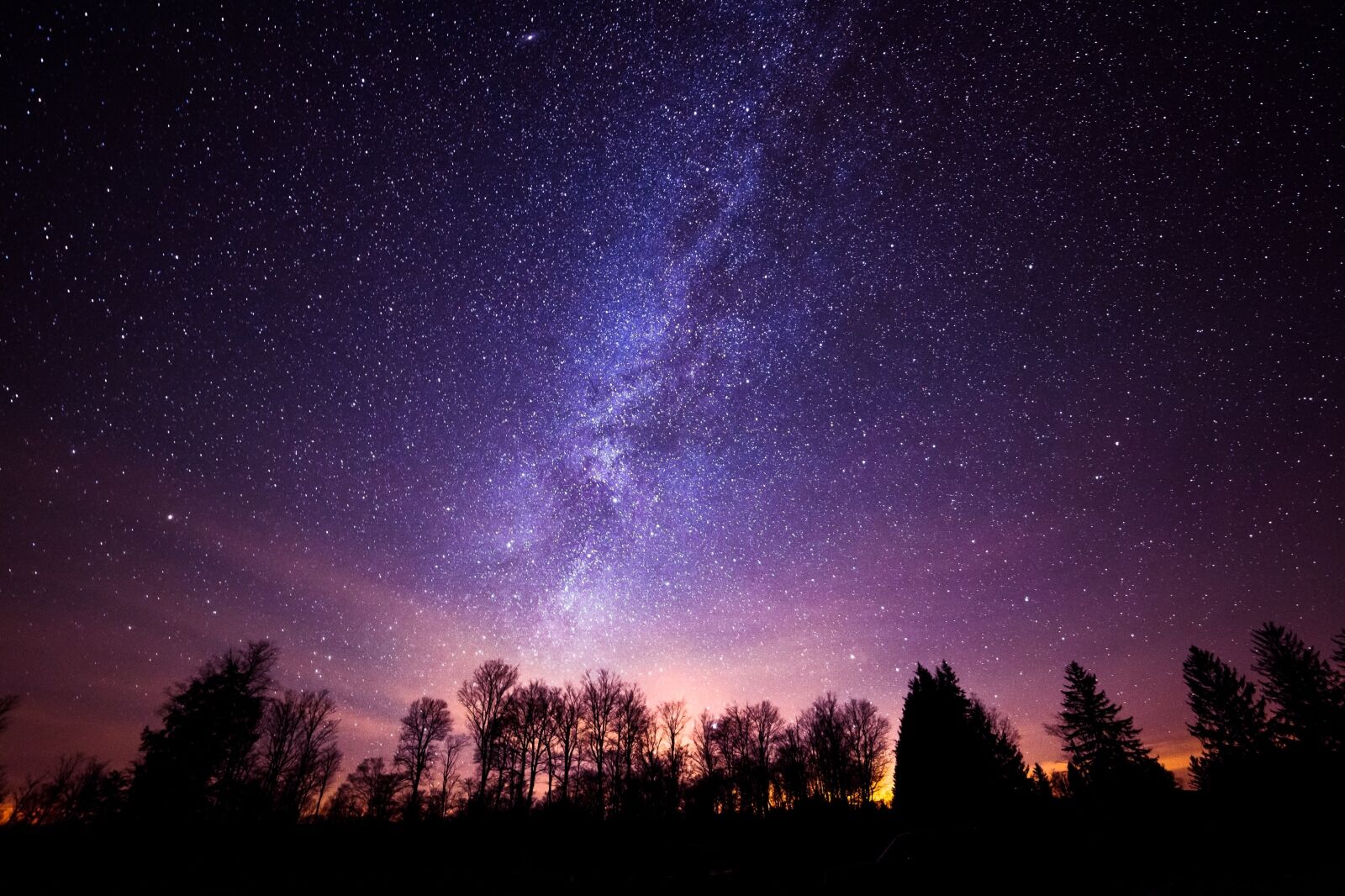
Photo: Michael Ridall/Shutterstock
Pennsylvania’s dark sky park
- Cherry Springs State Park
Twenty minutes from the small town of Coudersport, Cherry Springs State Park is one of the premier dark-sky destinations in the US. Named a Gold Level Dark Sky Park by the International Dark Sky Association, Cherry Springs offers ideal stargazing conditions between 60 and 85 nights a year. Visitors to the park have reported seeing a range of celestial phenomena, including asteroids, meteor showers, the Milky Way, the Andromeda Galaxy, and even the Northern Lights. The stargazing field at Cherry Springs is open year-round, but the best time to visit is during the fall and winter due to reduced humidity and longer nighttime hours.
Cherry Springs also holds a Star Party twice a year, drawing hundreds of professional and amateur astronomers. The party culminates in a public viewing event with high-powered telescopes and astronomy talks from experts. The Cherry Springs Star Party takes place in June and the Black Forest Star Party happens in September.
Tennessee
Dark sky parks in Tennessee
- Pickett CCC Memorial State Park & Pogue Creek Canyon State Natural Area
- Obed Wild and Scenic River
While The Great Smoky Mountains National Park and the serene shores of Reelfoot Lake offer some of the best stargazing spots in Tennessee, there are a couple of specific communities that have worked hard to gain designation.
Pickett-Pogue International Dark Sky Park offers over 1,618 hectares of land jointly managed by the Tennessee Department of Environment and Conservation. Here the dark sky blankets amazing rock formations and arches. Eastern US dark sky status is fragile, so protected areas such as this are vital. It also hosts a nice range of activities from the annual New Year’s Eve hike, summer Junior Ranger Camp, and star parties.
Obed Wild and Scenic River is situated in the hills of East Tennessee, encompassing over 45 miles of rushing waters, steep bluffs, and thick forests. Since 2013, the park has offered year-round astronomy and dark sky interpretive programs including an action-packed Night Sky Junior Ranger program.
Texas
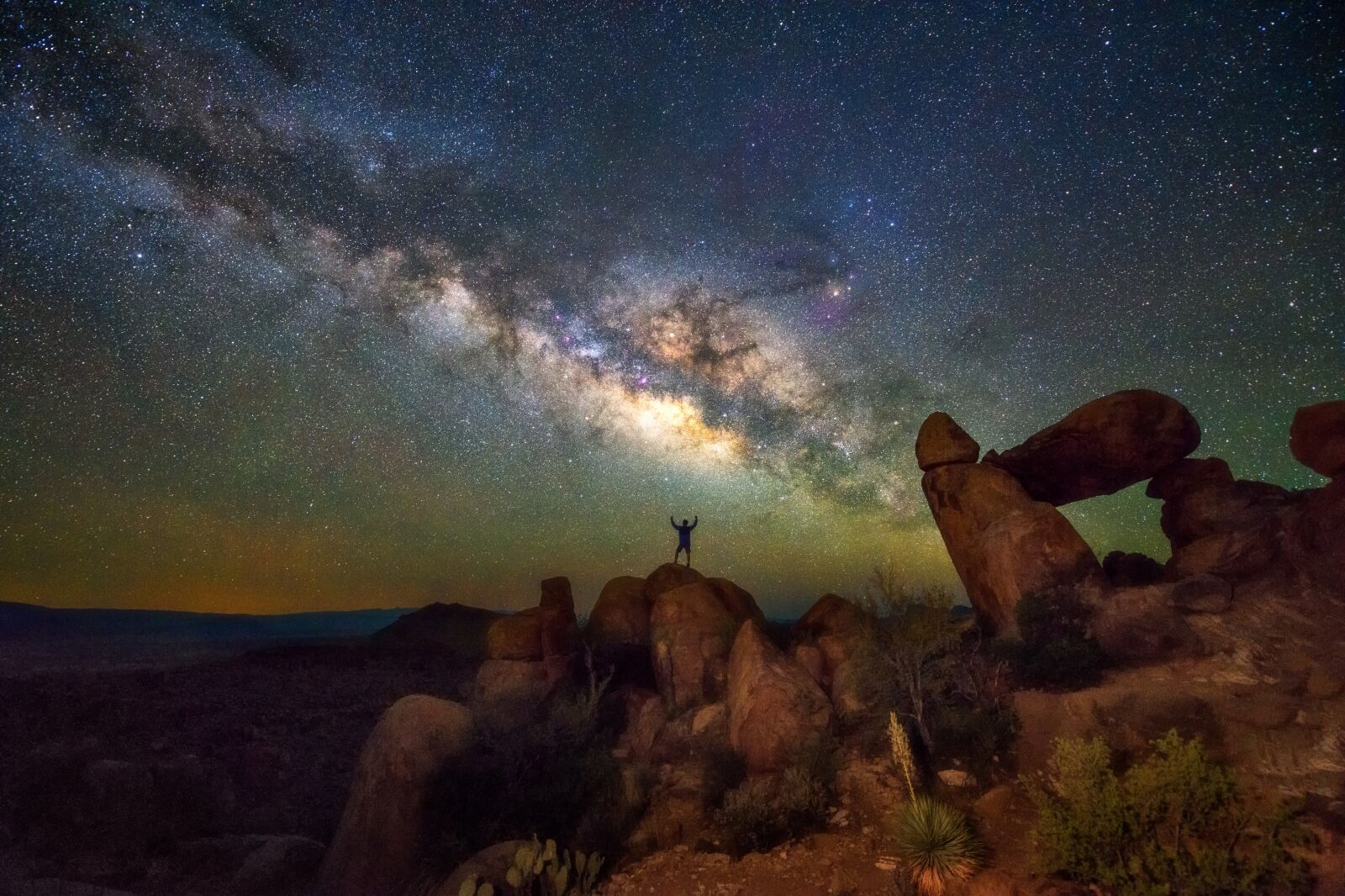
Photo: Wisanu Boonrawd/Shutterstock
Dark sky parks in Texas
- Big Bend National Park
- Big Bend Ranch State Park
- Copper Breaks State Park
- Devils River State Natural Area — Del Norte Unit
- Dripping Springs
- Enchanted Rock State Natural Area
- Horseshoe Bay
- South Llano River State Park
- UBarU Camp and Retreat Center
- Wimberley Valley
Texas has some of the brightest and biggest stars in the nation. Its wide-open spaces away from urban areas provide a stargazing haven. Big Bend National Park is a great place to start. Celebrated worldwide for its dark skies, the region ranked fourth on the International Dark Sky Association’s top seven spots in the world to stargaze. Although you can enjoy over 2,000 stars on a clear night from most locations in the park, The Hot Spring Canyon Trail and the Rio Grande Village Nature Trail are popular for breathtaking vistas with unobstructed views.
It’s worth staying overnight. The Summit at Big Bend has stargazing domes, with a plush king-size bed, air conditioning, a heater, and a coffee maker. Or, if you prefer a more traditional camping experience, there are plenty of campgrounds throughout the park where you can pitch your tent and fall asleep under the stars.
Virginia

Photo: TempleNick/Shutterstock
Dark sky parks in Virginia
- Rappahannock County Park
- Staunton River State Park
Staunton River State Park endeared itself to stargazers by taking measures to reduce its light pollution. This includes replacing exterior light fixtures in rental cabins, residences, and parking lots with approved dark sky fixtures. The park has also developed a concrete plan for its future, to ensure that any park expansion doesn’t detract from people’s ability to see a clear night sky. A designated nine-acre “Dark Sky Observation Area” is set aside especially for stargazers, and is popular among both casual visitors and professional astronomers.
Staunton River also hosts events with the aim of bringing stargazers together from all over the country to share in an unforgettable celestial experience.
Utah

Photo: Ross Ellet/Shutterstock
Dark sky park in Utah
- Antelope Island State Park
- Capitol Reef National Park
- Canyonlands National Park
- Cedar Breaks National Monument
- Dead Horse Point State Park
- Goblin Valley State Park
- Hovenweep National Monument
- Natural Bridges National Monument
- Rainbow Bridge National Monument
- Steinaker State Park
- Torrey
- Weber County North Fork Park
Being classified as a dark-sky destination brings to mind sprawling parks with miles of open space and removed from any hub of civilization. In Utah, however, you can visit a dark sky community, with a population of 300 people. The town of Torrey started a fundraiser to fund retrofitted public exterior lights that direct light away from the sky. Money was also set aside to help residents pay for upgrading their home fixtures.
So, sure, you could stand in the middle of town and get a decent view of the sky. But the best thing about Utah is exploring nature and getting familiar with its red rock formations. Since Torrey is the gateway to Capitol Reef National Park, doing that is pretty easy. Partnering with the Estrada Institute, the park hosts an annual Heritage Starfest every fall, where telescopes are set up and experts are brought in to speak about stargazing. If you miss Heritage Starfest, park rangers host weekly astronomy events that mix naked-eye and telescope viewing.
Wisconsin

Photo: HodagMedia/Shutterstock
Wisconsin’s dark sky park
- Newport State Park
At the far end of the Door Peninsula, on the shores of Lake Michigan is Newport State Park. It’s one of the darkest spots in the state and earned the designation for not only the protection of its starry sky but also the nocturnal environment for wildlife. It’s recommended to arrive at the park before dark in order to get acquainted with the surroundings and set up. There’s limited seating available. Red lights are encouraged and guests are kindly asked to lower headlamps when entering and exiting the area.